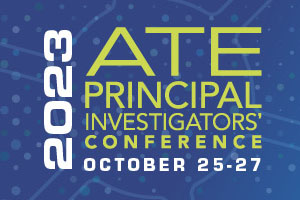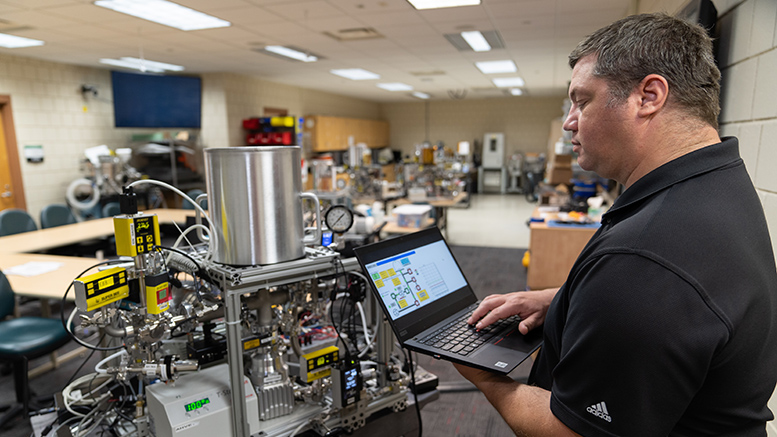Vacuum technology: It’s a field that rarely gets attention yet is so crucial when it comes to research, development and manufacturing.

As part of their ongoing efforts to educate much-needed vacuum technology technicians, Normandale Community College faculty members revised their curriculum so students across the country can access and operate the college’s high vacuum system remotely. Vacuum technology includes the processes and physical measurements carried out under certain atmospheric conditions.
“This high vacuum equipment is basically an enabling technology that supports a lot of the microfabrication and nanotechnology manufacturing. We are just one small piece of that puzzle,” explained Thomas Johnson, a vacuum technology instructor at the Minnesota college. “Because we are a niche technology, we don’t have enough students locally in our geographic area to necessarily support a program like ours. This greatly extends our reach as a community college.”
And, he said, it is drawing students nationwide to the rural college’s program, which combines online classroom instruction via Zoom with hands-on training that enables students to access and drive the system remotely through a software interface.
A remote training demonstration
Johnson and Nancy J. Louwagie, who is also a Normandale vacuum technology instructor, said the model is their latest iteration for preparing technicians to work with vacuum and thin film technologies to meet growing industry demand.
Louwagie has been the principal investigator of two Advanced Technological Education (ATE) projects and co-principal investigator of two other vacuum tech ATE grants at Normandale. She explained that the new interactive system was developed with help from the Nanotechnology Applications and Career Knowledge (NACK) Center, an ATE center at Penn State University.
The Normandale instructors demonstrated their model at the 2023 ATE Principal Investigators’ Conference convened in October in Washington, D.C. The American Association of Community Colleges (AACC) hosted the event with support from the National Science Foundation.
With a few keystrokes, Johnson signed into the college’s website then remotely connected to one of the high vacuum trainers on campus. The machine suddenly appeared on the conference room’s overhead screen via a live stream camera. Johnson remotely opened a pneumatic valve as a grating sound came over the audio feed. A graph on the right showed pressure changes. He shut one valve down and opened another which emitted a jackhammer-type sound.
“It’s kind of nice having that audio feedback so students actually know they are actually opening a piece of equipment,” Johnson explained. “It gives a real-world feel to it.”
Some key advantages
There are several advantages to teaching students remotely on a high vacuum system, Louwagie and Johnson said. For example, remote training extends the time students can actually practice on the machine outside of class as opposed to having limited time in a classroom setting to operate one.
“One of our big objectives was seeing our students become confident with what we call the sequence of operations with vacuum systems,” Louwagie said. “Previously, I don’t know if we could give students — even when they were in person — a couple of touches max, practicing on the system … Now with this approach, they are probably getting up to 10 or 12 opportunities a semester to operate a system.”
How does this translate to work experience?
“Most manufacturers, all the interfaces (they use) are computer interfaces,” Johnson explained. “So that’s the interface an operator is going to see. The technicians we’re training to support that equipment need to understand what happens at what point in the vacuum system, which valve needs to open, which valve needs to close, which pump is going to be active at certain period.”
He continued: “By enabling them to do multiple iterations of these pump downs and doing it manually through an interface really gets them comfortable with that piece of equipment.”

